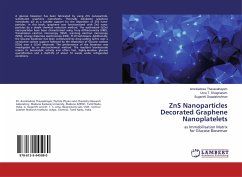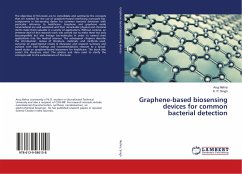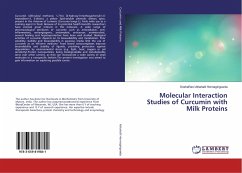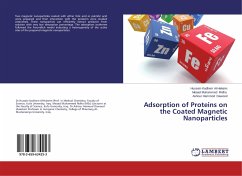A glucose biosensor has been fabricated by using ZnS nanoparticle-substituted graphene nanosheets. Thermally exfoliated graphene nanosheets act as a suitable support for the deposition of ZnS nano-particles. In this book, graphene was functionalized with ZnS nano-particles by a simple chemical reduction method. The synthesized G/ZnS nano-particles have been characterized using X-ray diffractometry (XRD), Transmission electron microscopy (TEM), scanning electron microscopy (SEM), energy dispersive spectroscopy (EDS), FT-IR techniques. Additionally, the Glucose biosensor has been constructed by drop-casting G/ZnS over a conductive carbon support followed by the deposition of Glucose oxidase (GOx) over a G/ZnS electrode. The performance of the biosensor was investigated by an electrochemical method. The resultant bioelectrode retains its biocatalytic activity and offers fast, highly-sensitive glucose quantification and a shelf-life of about 10 weeks under refrigerated conditions.
Bitte wählen Sie Ihr Anliegen aus.
Rechnungen
Retourenschein anfordern
Bestellstatus
Storno








